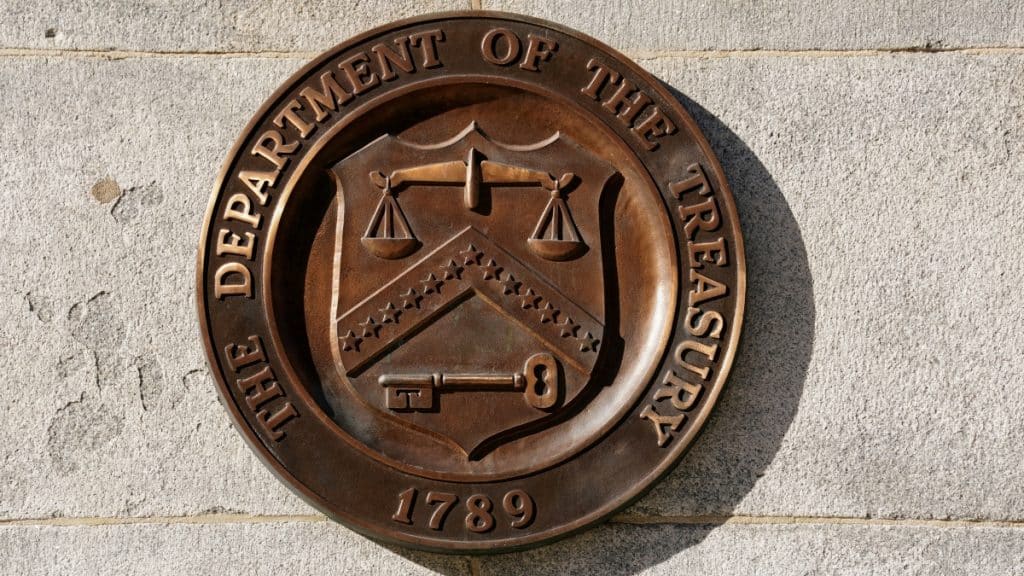In an era where digital warfare has become as strategic as traditional military engagements, the recent cyberattack on the U.S. Department of the Treasury by a China state-sponsored Advanced Persistent Threat (APT) actor stands as a stark reminder of the vulnerabilities lurking within our most critical infrastructures. This incident, which has been labeled a “major cybersecurity incident,” not only showcases the sophistication of state-backed hackers but also the intricate dance of cybersecurity measures, or in this case, their occasional missteps.
The Technique: Compromising the Security Key
The hackers’ method was both simple in concept yet complex in execution, leveraging a vulnerability in the supply chain of cybersecurity services. Specifically, they targeted BeyondTrust, a third-party provider of cybersecurity solutions, to gain access to the U.S. Treasury’s systems. Here’s how:
Technical Breakdown:
The core of this breach was the theft of a security key. This wasn’t just any key but one that was instrumental in securing a cloud-based service used by the Treasury for remote technical support. BeyondTrust’s solution, like many in the industry, hinges on the sanctity of these keys, which are meant to act as digital guardians, ensuring that only authorized personnel can access sensitive systems.
- Key Access: Hackers somehow obtained this key, possibly through phishing, social engineering, or exploiting a vulnerability within BeyondTrust’s own security measures. This key was crucial as it was used to authenticate and secure connections to Treasury’s internal workstations.
- Bypassing Security: With the key in hand, the attackers could override the security measures of the service. This allowed them to gain remote access to several workstations within the Treasury Department, which, although unclassified, could contain sensitive operational or financial data.
- Data Harvesting: Once inside, the hackers had the opportunity to access and potentially siphon off unclassified documents. The exact nature of these documents hasn’t been disclosed, but in the context of Treasury operations, even unclassified information could include economic strategy notes, sanction deliberations, or inter-departmental communications.
Impact:
The implications of this breach are multifaceted. Firstly, it’s a direct hit to the integrity of U.S. governmental operations. Even without accessing classified data, the potential for espionage or strategic intelligence gathering cannot be underestimated. The hackers could learn about upcoming policy decisions, economic sanctions, or even internal debates on financial strategies that could be pivotal for China’s own economic maneuvers or international relations.
Secondly, this incident underscores a critical vulnerability in cybersecurity practices – the reliance on third-party services. When these services are compromised, the security of the entire chain is at risk. This breach serves as a case study in how attackers can pivot from one less secure point to infiltrate a high-value target.
Kevin Gallagher, CEO of Panurgy IT Solutions, weighs in:
“In the digital age, the security of our institutions depends heavily on the security of each link in the chain, including third-party vendors. This incident with the U.S. Treasury is a clear demonstration of how a single compromised key can lead to widespread ramifications. It’s not just about protecting your own systems anymore; it’s about securing the entire ecosystem your operations depend upon.”
Cybersecurity in the Modern Era:
This breach also highlights the evolving tactics of cyber adversaries. APT groups, known for their persistence and sophisticated methods, often engage in long-term campaigns of espionage rather than immediate, overt attacks. Their goal is not just data theft but also understanding, manipulating, or disrupting the operational flow of their targets over time.
For IT professionals and cybersecurity experts, several lessons emerge:
- Key Management: There’s an urgent need to reassess how security keys are managed, stored, and rotated. Multi-factor authentication, key encryption, and regular audits should be standard practices.
- Third-Party Risk Management: Organizations must scrutinize their dependencies on external providers. This includes regular security audits of these vendors, understanding their security practices, and having robust incident response plans that account for third-party breaches.
- Continuous Monitoring: The incident underscores the necessity for real-time monitoring and anomaly detection systems that can quickly flag unusual activities or unauthorized access attempts.
- Education and Training: From the ground up, every employee should be trained not only in cybersecurity best practices but also in recognizing signs of attacks like phishing, which might precede more sophisticated breaches.
The U.S. Treasury’s response to this incident, involving collaboration with federal agencies like the FBI, CISA, and the intelligence community, reflects a coordinated effort to contain the damage and understand the full scope of the breach. However, this event will likely lead to a reevaluation of cybersecurity policies, with an emphasis on securing supply chains and enhancing the security of remote access tools.
In conclusion, while the U.S. Treasury has taken steps to mitigate the immediate effects of this cyber incursion, the broader implications for cybersecurity policy, international cyber diplomacy, and the very trust in digital infrastructures will echo for years to come. This incident is not just a wake-up call but a lesson in the relentless nature of cyber threats, where even the most fortified institutions can find themselves vulnerable. As we move forward, the narrative of cybersecurity will increasingly include tales of resilience, adaptation, and the continuous quest for a secure digital frontier.
